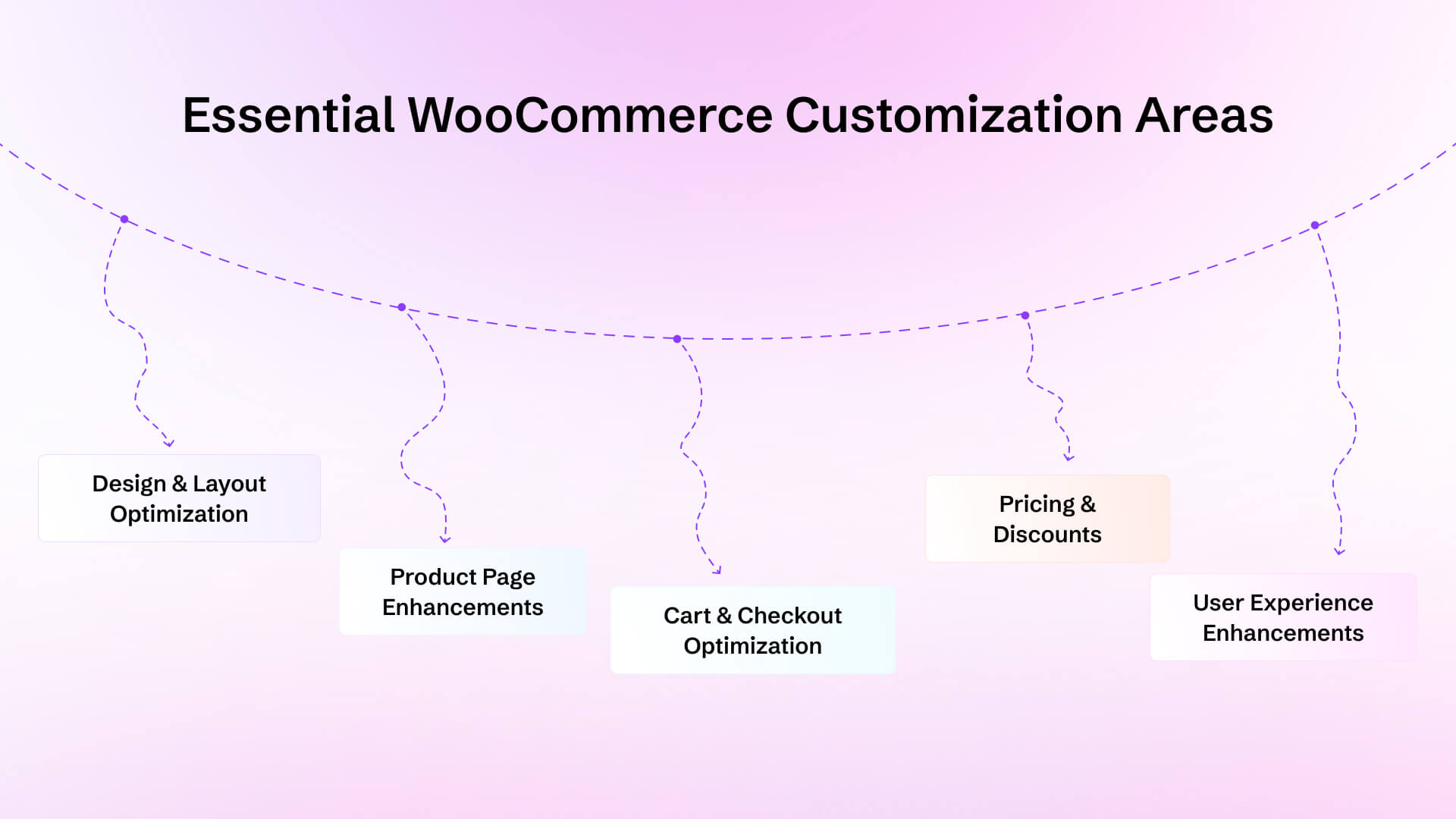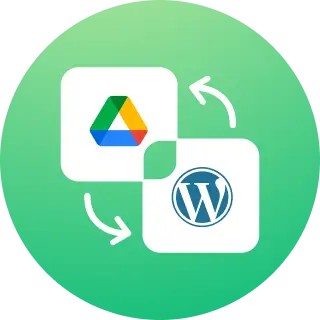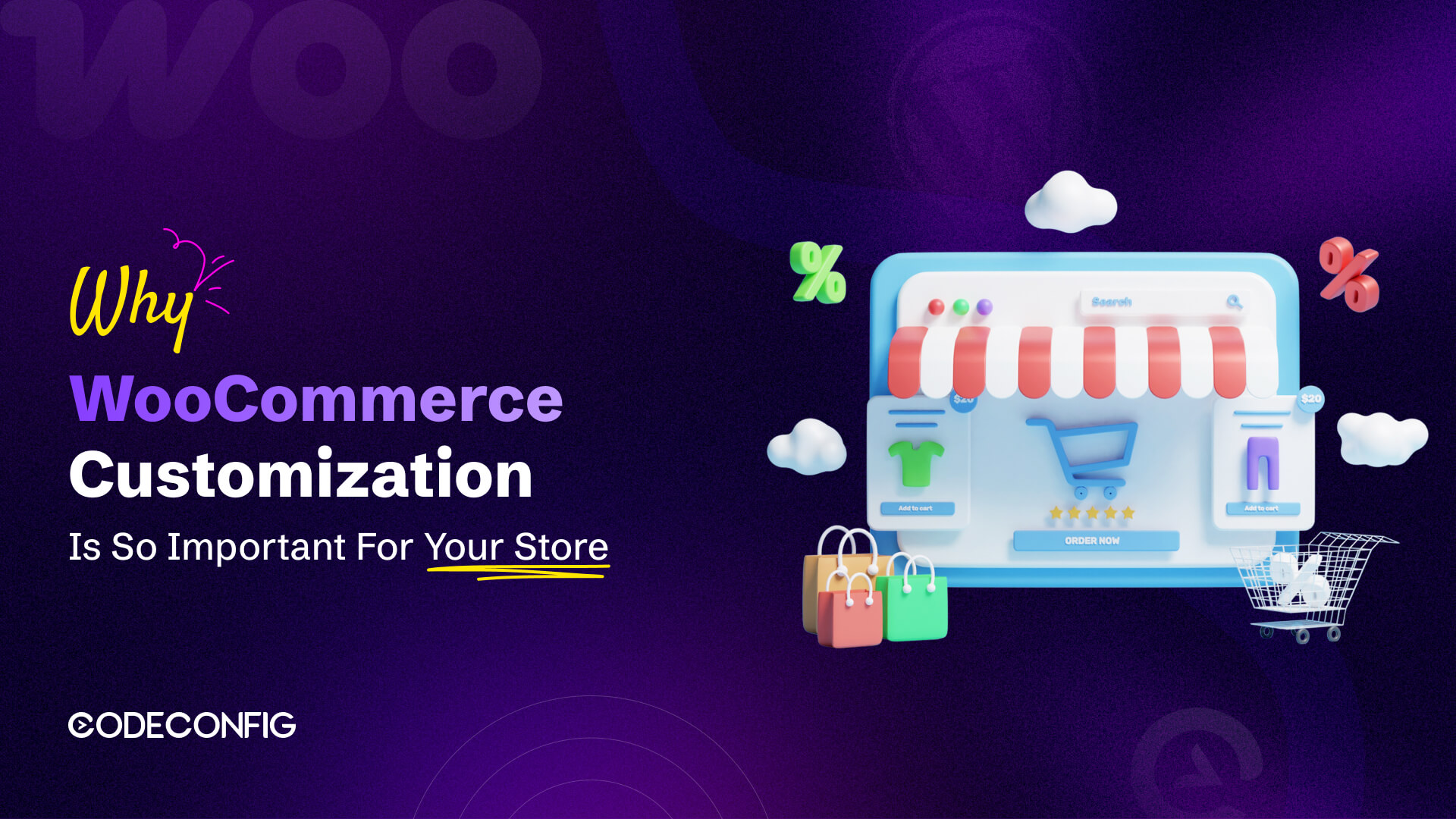Imagine stepping into a store where everything is tailored to your preferences, the layout feels intuitive, and shopping is effortless. That’s the magic of customization. WooCommerce, the world’s leading e-commerce platform built on WordPress, powers millions of online stores, offering a strong foundation. However, to truly stand out, customization is key.
Customizing your WooCommerce store allows you to tailor every aspect to meet your business needs. Whether optimizing user experience, increasing conversions, or building a strong brand identity, customization unlocks your store’s full potential. This blog will explore why customization matters and how to implement it effectively.

In the competitive world of online retail, blending in is not an option. Customization helps you craft a unique shopping experience, making your store more engaging and efficient. Here’s why it’s a game-changer:
- Stand Out from Competitors: A default WooCommerce setup can make your store look like countless others. Customization allows you to create a unique design that reflects your brand’s personality, leaving a lasting impression on customers.
- Boost Customer Engagement & Conversions: A tailored shopping experience keeps customers engaged. Features like personalized recommendations, interactive elements, and streamlined navigation can enhance user satisfaction, reduce bounce rates, and drive more sales.
- Enhance Store Functionality: Every business has unique needs. Customization enables you to integrate specific features, such as inventory management, custom shipping options, or a refined checkout process, to improve efficiency and performance.
Essential WooCommerce Customization Areas

To maximize your store’s potential, focus on these key customization areas:
Design & Layout Optimization
- Custom Themes: Select or design a theme that aligns with your brand’s aesthetics, fostering trust and professionalism.
- Page Builders: Tools like Elementor let you create custom layouts effortlessly.
- Responsive Design: As mobile shopping continues to grow, ensure your store looks and performs well across all devices.
Product Page Enhancements
- Custom Tabs: Add extra information sections like size guides, FAQs, and reviews to reduce customer uncertainty.
- Variation Swatches: To make selection more intuitive, replace dropdowns with visual swatches of colors, sizes, or styles.
- Quick View: Allow customers to preview product details in a popup without leaving the catalog, streamlining browsing.
Cart & Checkout Optimization
- One-Page Checkout: Minimize steps to reduce cart abandonment and improve conversions.
- Save & Share Cart: Let customers save their carts for later or share them with others, which is ideal for wishlists and group purchases.
- Smart Discount Rules: Set up automated discounts based on cart value or customer type to encourage larger orders.
Pricing & Discounts
- Dynamic Pricing: Offer personalized discounts based on behavior, purchase history, or loyalty.
- Bulk Discounts: Incentivize higher purchases by offering bulk pricing.
- Currency Switchers: Cater to global customers by allowing them to view prices and pay in their local currency.
User Experience Enhancements
- Wishlists: Let customers save items for future purchases, boosting return visits.
- Pre-Orders: Allow early orders for upcoming products to generate interest and secure initial sales.
- Notifications & Badges: Highlight promotions, low stock, and new arrivals to attract attention and drive sales.
Customizing all these aspects can take a lot of time and money, but don’t worry—a single solution covers all your customization needs. Read More>
Best WooCommerce Customization Plugins
Plugins are essential for making the customization of your WooCommerce store both more straightforward and more powerful. Adding the right plugins can extend your store’s functionality and tailor the shopping experience to suit your needs. Here are some of the best-rated plugins to consider:
- Essential Addons for WooCommerce: This versatile plugin offers various features to enhance your store. From product grids and image galleries to quick view options and wishlists, it provides a solid foundation for customization. It’s perfect for those looking to boost their store’s visual appeal and interactivity.
- YITH WooCommerce Wishlist: This plugin is a must-have for stores with various products. It allows customers to save and share their favorite products. Wishlists improve customer engagement and encourage return visits, as shoppers are likelier to purchase items they have saved for later.
- WooCommerce Customizer: For store owners who don’t want to dive into code, WooCommerce Customizer offers an easy-to-use interface that lets you modify many WooCommerce settings, including the look and feel of product pages and checkout options. This plugin is great for users who want customization without needing technical expertise.
- Booster for WooCommerce: With over 100 features, this plugin provides a comprehensive set of tools to optimize your store. Whether it’s currency switchers, PDF invoicing, or automated shipping options, Booster for WooCommerce enhances your store’s functionality, making it more versatile and customer-friendly.
- WooCommerce Product Addons: This plugin allows you to offer customizable product options to your customers. Whether adding text fields, checkboxes, or additional pricing options, this plugin helps tailor the product offerings to individual customer preferences, boosting the personalization of your store.
When selecting plugins, it is essential to choose well-maintained and highly rated ones that are compatible with your version of WooCommerce. A good plugin can save time and money, while poorly maintained plugins might cause performance issues or conflicts. Also, avoid overloading your store with too many plugins, as this can lead to slower site speeds and unnecessary complexity. Aim for quality over quantity to ensure smooth performance and long-term success.
WooCommerce Customization Without Coding
Not a developer? No problem! Here’s how you can make impactful changes without touching code:
- Page Builders: Drag-and-drop tools like Elementor, Beaver Builder, and Divi make it easy to design custom layouts.
- Plugins: Many WooCommerce plugins provide customization options without requiring technical expertise.
- WooCommerce Settings: Configure product displays, inventory, shipping, and emails directly from the dashboard.
- WordPress Customizer: Adjust colors, fonts, and layouts through your theme’s built-in settings.
WooCommerce Customization with Code (For Developers)
For those with coding knowledge, WooCommerce offers limitless possibilities:
- Hooks & Filters: Modify behavior and appearance by leveraging WooCommerce’s extensive hook system.
- Template Overrides: Edit WooCommerce template files to redesign layouts or add custom elements.
- Custom Functions: Modify user roles, add new features, or integrate with third-party services by editing functions.php.
Best Practices:
- Always use a child theme to preserve changes during updates.
- Test customizations in a staging environment before going live.
- Refer to WooCommerce documentation and tutorials for coding guidelines.
Common WooCommerce Customization Mistakes to Avoid
Customization is powerful, but mistakes can hurt your store’s performance. Avoid these pitfalls:
- Overloading with Plugins: While plugins enhance functionality, using too many can significantly slow down your site. Overloaded plugins may also cause compatibility issues, leading to errors or crashes. Sticking to essential, high-quality plugins that meet your store’s needs is crucial. Review and deactivate any unnecessary plugins to improve site performance and maintain a clean codebase.
- Ignoring Mobile Optimization: A non-responsive or poorly optimized store will drive away mobile shoppers, who account for a significant portion of online traffic today. With more people shopping on mobile devices, testing your customizations across various devices and screen sizes is vital to ensure your site is fully responsive. A smooth mobile experience will lead to higher engagement, longer sessions, and better conversions.
- Neglecting Performance: Slow loading times can hurt conversion rates and customer satisfaction. A slow website may cause potential customers to leave before completing a purchase. Use tools like GTmetrix or Google PageSpeed Insights to identify performance bottlenecks and optimize images, scripts, and stylesheets. Enable caching and refine your code to improve loading speeds. A fast website keeps customers happy and boosts your SEO rankings.
- Skipping Backups: One of the most critical steps before making any changes to your store is backing it up. Customizations, updates, or changes in settings can sometimes result in errors or data loss. Always create a complete store backup before implementing new features, updating plugins, or making significant changes. This precaution ensures you can restore your store to its previous state if anything goes wrong.
Conclusion
WooCommerce customization isn’t just about aesthetics—it’s about creating a seamless, engaging shopping experience that drives sales, helps you build a stronger connection with your customers, and reinforces your brand’s identity. When you tailor every aspect of your store, from the layout to the checkout process, to suit your business goals and your audience’s needs, you make the shopping experience more intuitive, efficient, and enjoyable.
Whether using user-friendly no-code tools like page builders and plugins or diving into custom coding to unlock even more advanced features, the possibilities for customization are practically endless. This flexibility allows you to stand out in a competitive e-commerce market and offer a truly unique shopping experience that will keep customers coming back. Start customizing your WooCommerce store today to ensure it’s aligned with your brand vision and your customer’s expectations, making your online store not just a platform for sales but a powerful tool for growth.





Written By
Ahanaf Istiyad
Hey, I'm Istiyad! As a UI/UX and product designer, I’m passionate about building sleek, user-friendly experiences that make navigating digital products feel effortless and fun!
Express Your Opinion